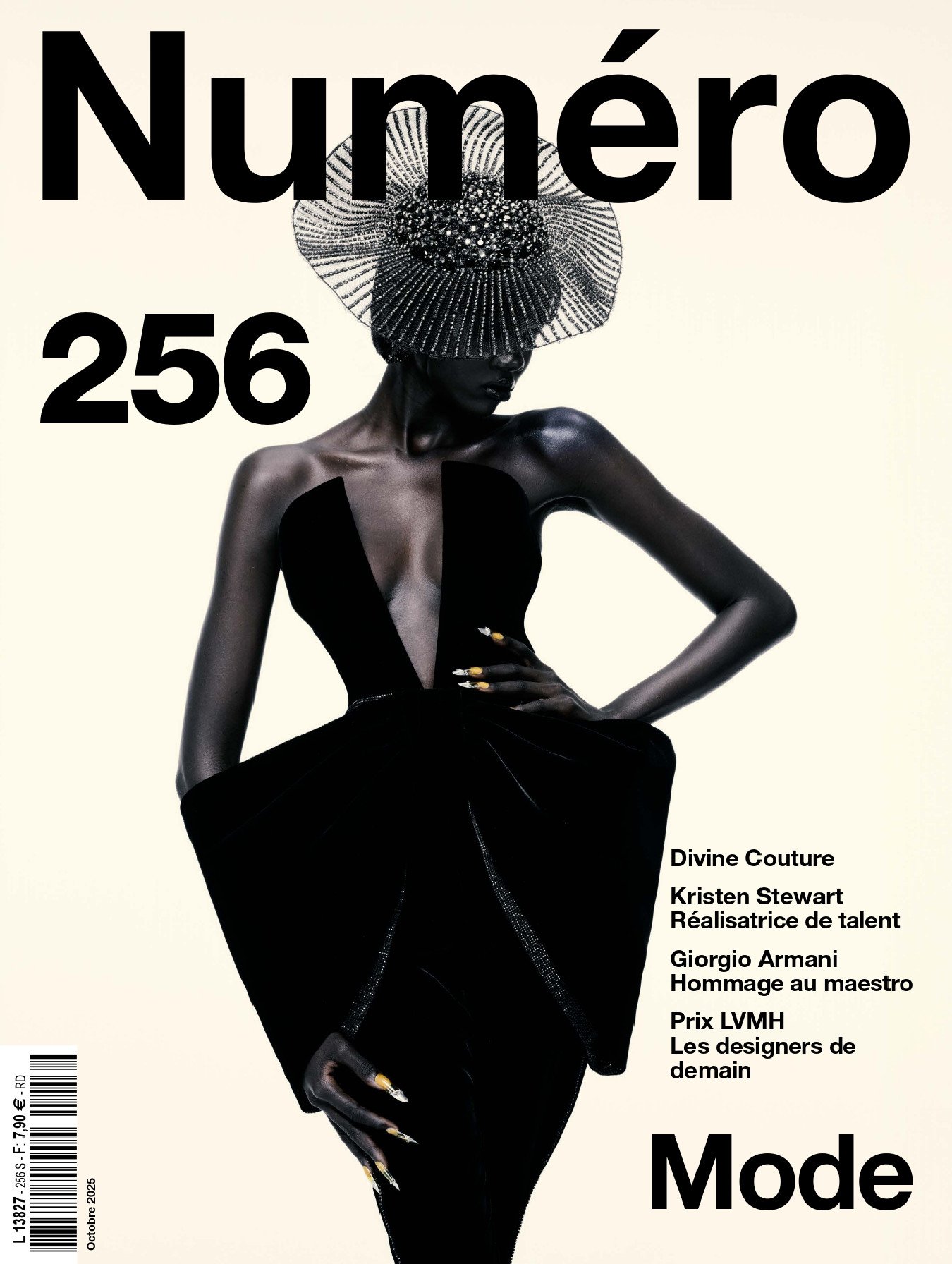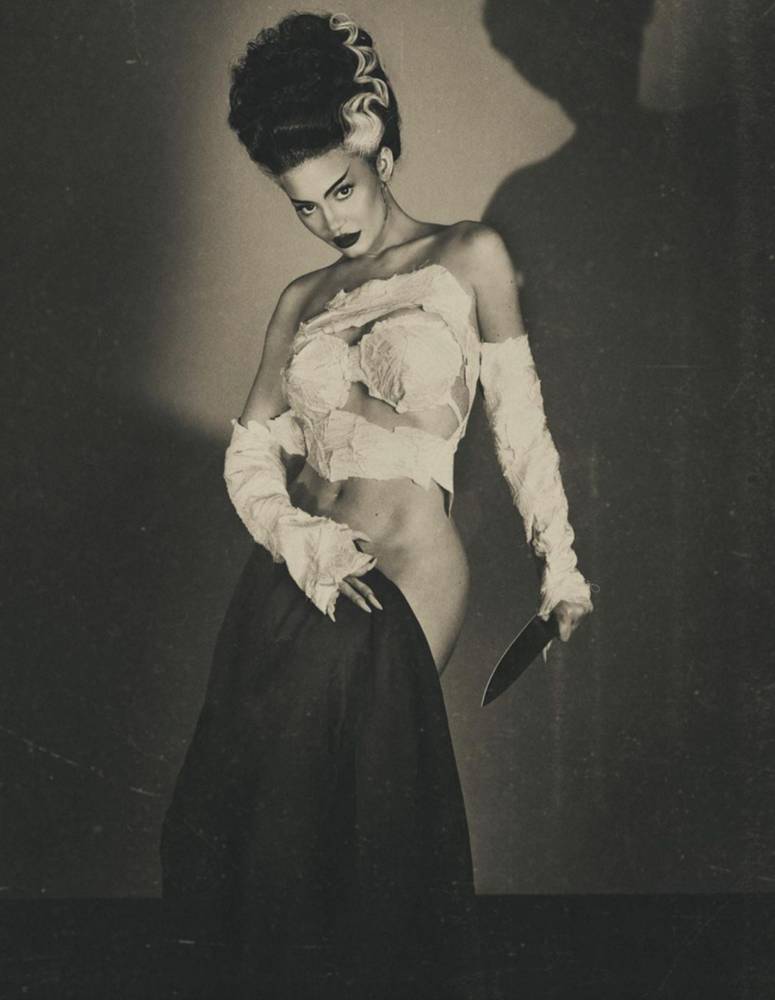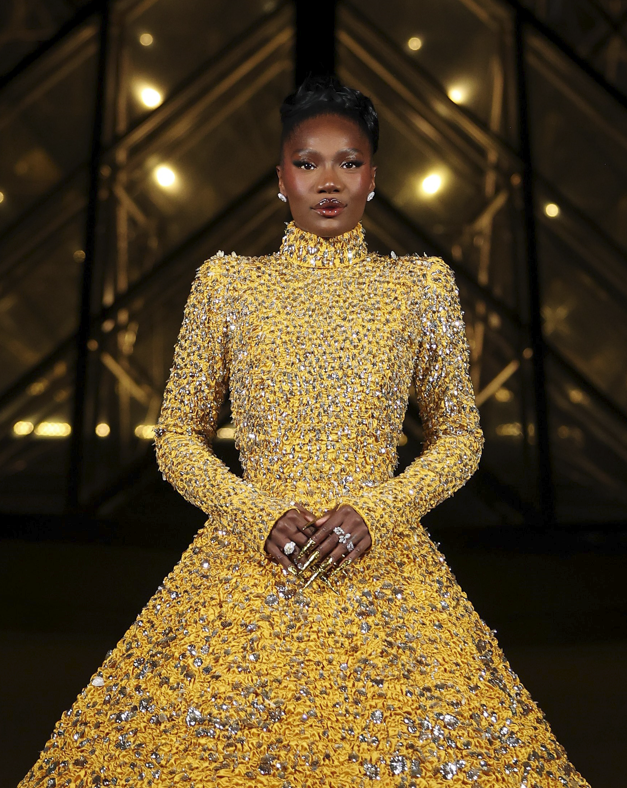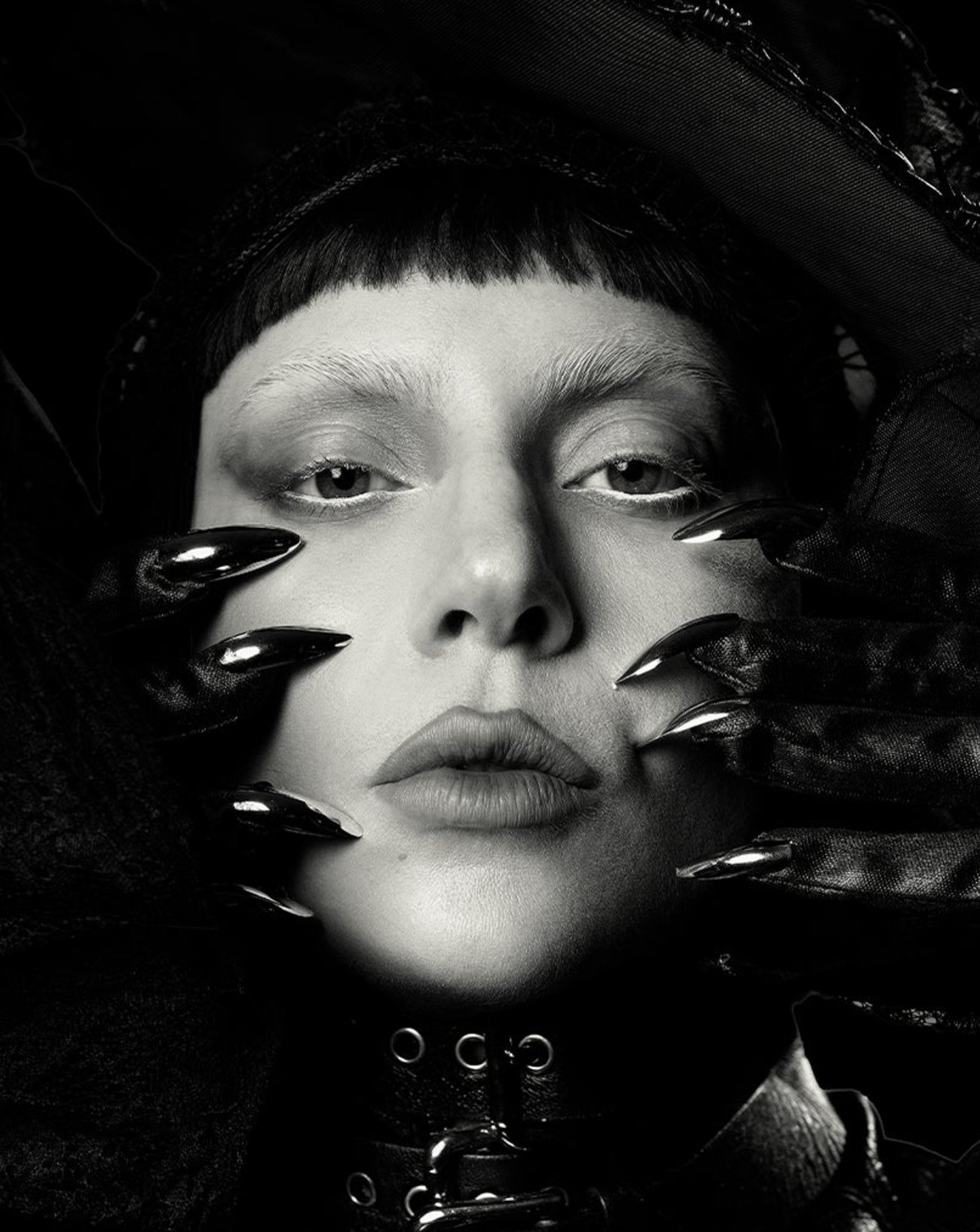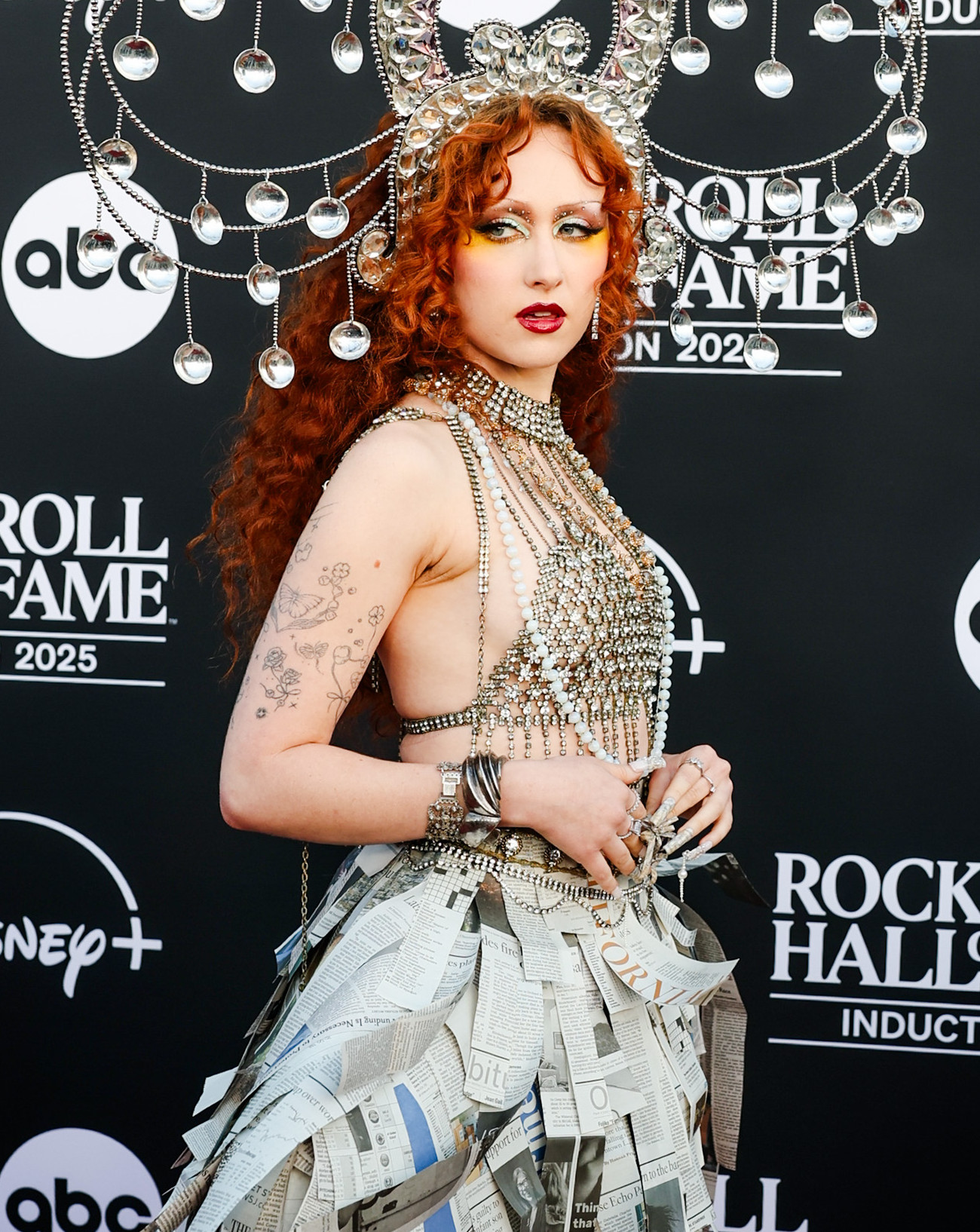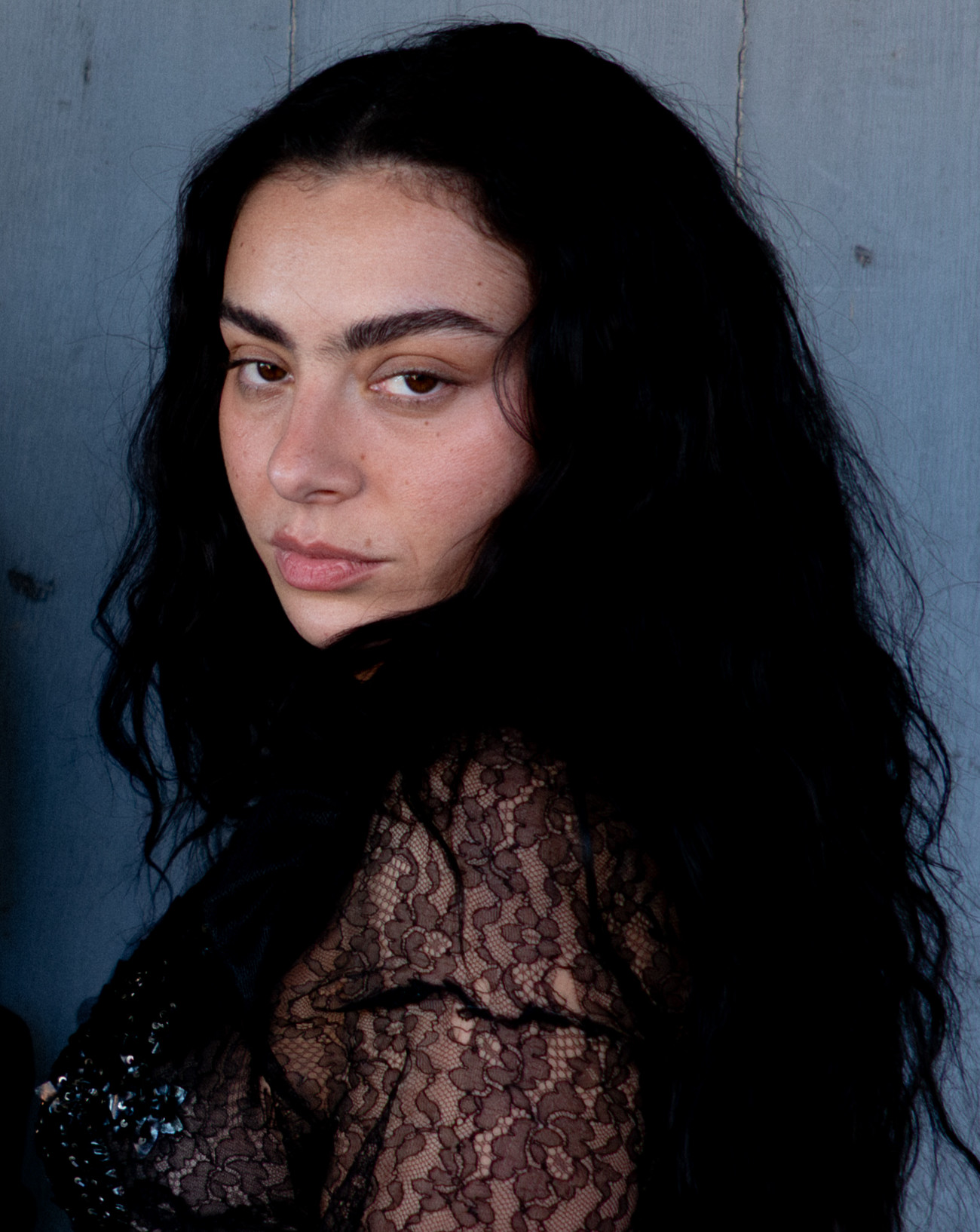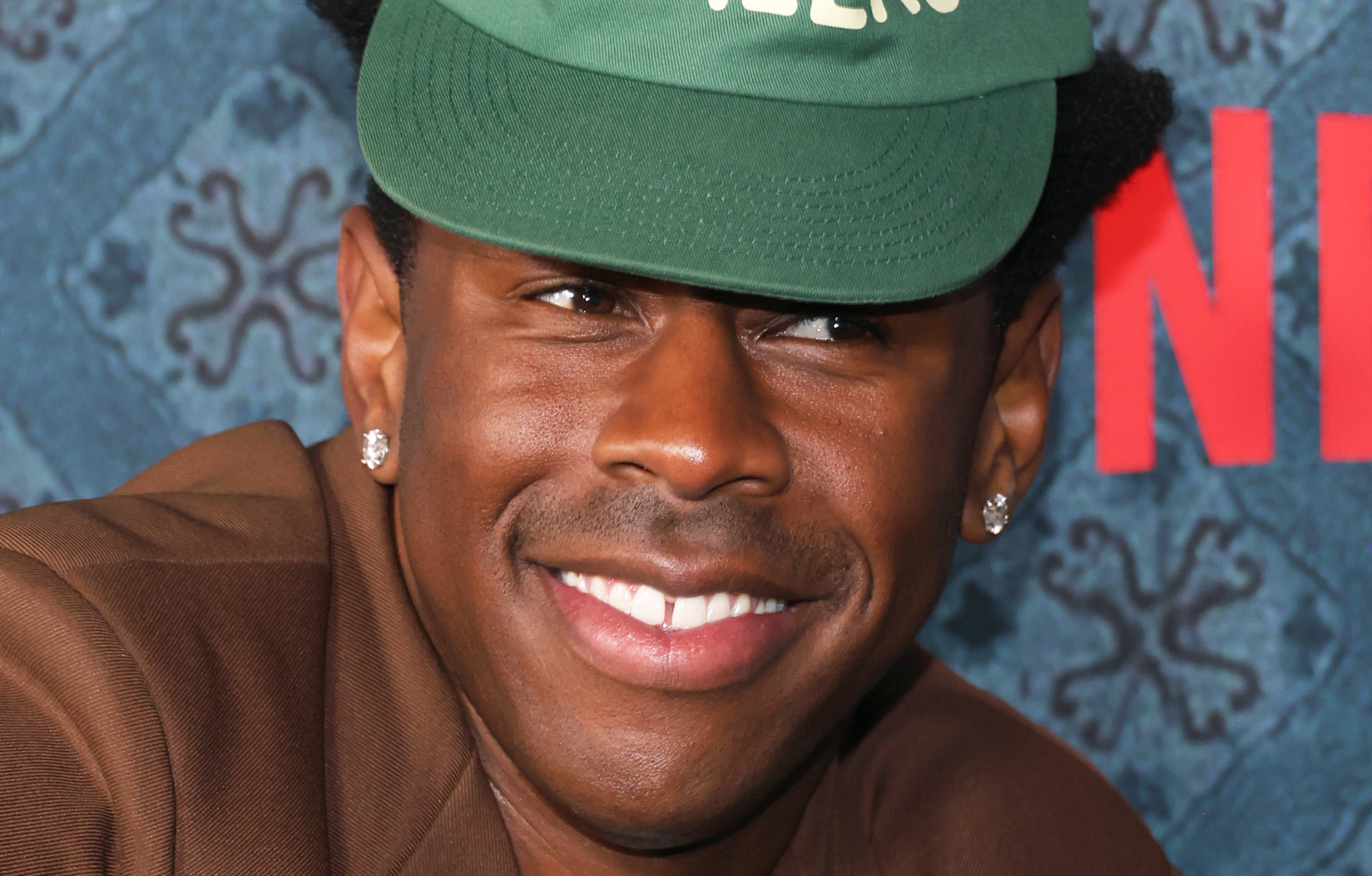
28
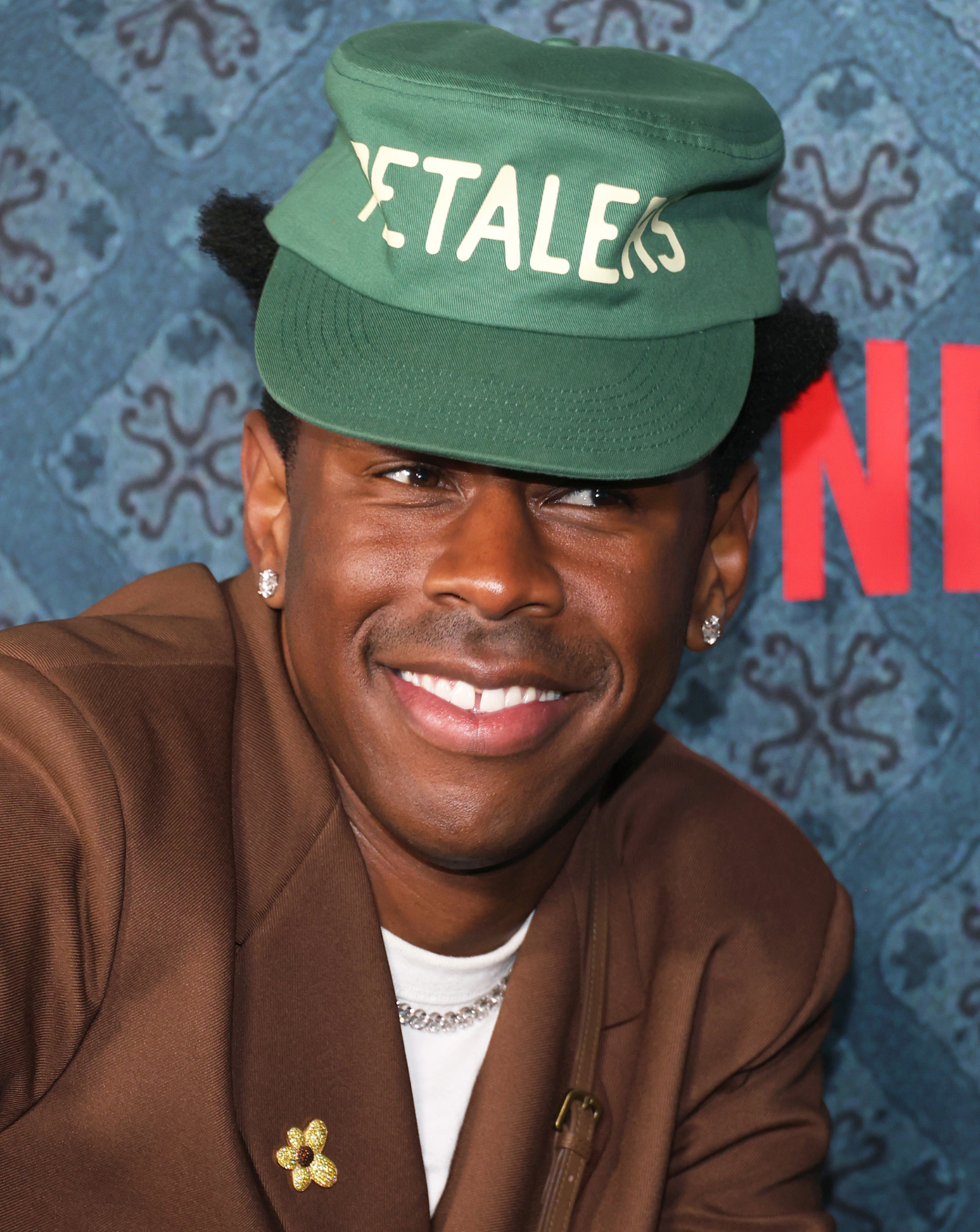
28
Tyler, The Creator’s past controversy is now causing a scandal
With Don’t Tap the Glass, Tyler, The Creator returns to the roots of hip-hop with a punchy, unexpected album. Drawing his inspiration from 1980s icons, the American rapper delivers a short, intense record designed to be felt rather than to be analysed. However, the artist has recently been caught up in controversy following the resurfacing of old tweets deemed questionable.
By Alexis Thibault.
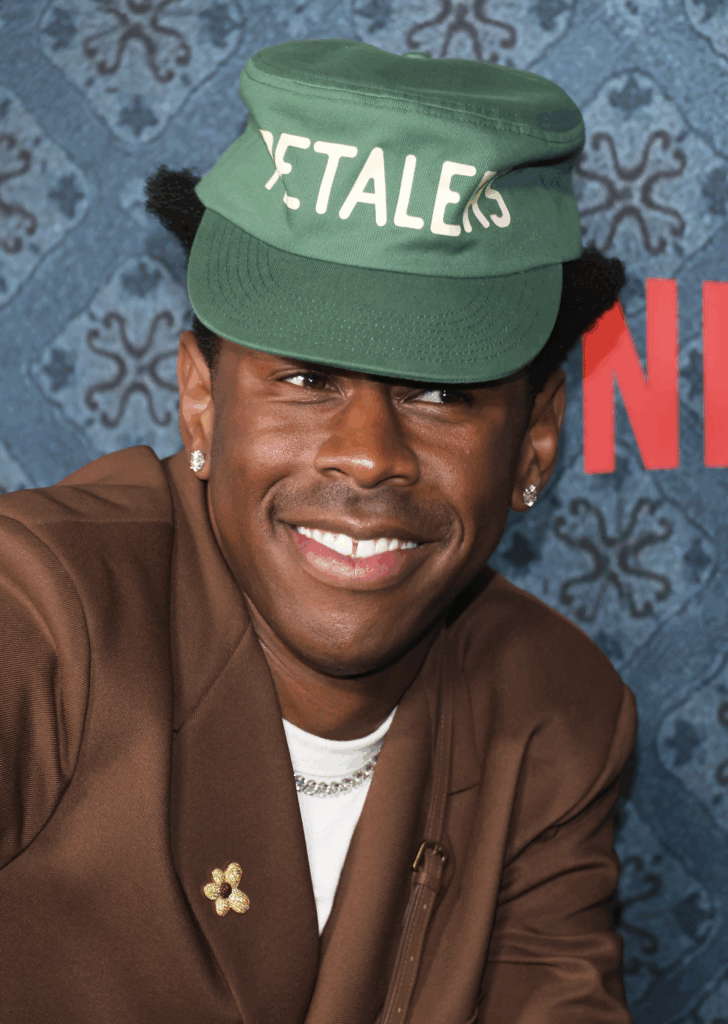
Rapper Tyler, The Creator at the premiere of the film Netflix The Piano Lesson at the Egyptian Theatre Hollywood on November 19th, 2024, in Los Angeles, California. (Photo by Kayla Oaddams/WireImage)
Rapper Tyler, The Creator is at the center of controversy
Has the artist who once loved to shock become indefensible? The enfant terrible of rap is now standing before the court of social media… In some pictures, Tyler, The Creator appears in whiteface or dressed in an outfit reminiscent of the Ku Klux Klan in scenes considered provocative and offensive. Several tweets from 2011 to 2012 have resurfaced, in which the American artist expressed hatred toward rapper Wale and criticised his own white fans.
But placing these provocations back in their original context radically alters their interpretation. In the early 2010s, Tyler played an intentionally outrageous character, heir to both punk and satirical rap, flouting norms of decency to expose social hypocrisies. Since then, his body of work from Flower Boy (2017) to Call Me If You Get Lost (2021) reveals a deep transformation, both musically and personally, marked by vulnerability, introspection, and constant reinvention. Digging up those comments without acknowledging their provocative nature and the context is to ignore how far he has come.
Especially since the codes of subversion have changed. What once fell under artistic shock tactics is now deemed unacceptable. In a culture obsessed with transparency, embodying a character — especially one flirting with symbolic violence — has become a risky stance. Fiction is too quickly conflated with its author.
Tyler, The Creator: from Chromakopia to redefining attitude
With his album Chromakopia (2024), Tyler, The Creator offered a piece of introspective and sensory music. He appeared as a sculptor of worlds more than ever with yet another concept work on the verge of nostalgic synth-pop and contemplative soul rap. Carried by rumbling brass, his album got a warm reception by both critics and the public and marked a moment of serenity after the emotional rollercoaster of IGOR (2019) and the explosive pastiche Call Me If You Get Lost (2021).
The artist’s incredible world tour for Chromakopia kicked off last February 2025 and extended that immersive experience. The rapper refined his art for staging, mixing aesthetic videos, signature outfits, a mask paying tribute to West African traditions, and a surprising green metallic box. This is exactly the spirit behind Don’t Tap the Glass (2025), a surprise record that strips away all narrative excess to let a raw, almost primal energy burst forth. If Chromakopia was made to be seen, Don’t Tap the Glass is meant to be felt.
The surprise comeback of the king of staging in 2025
The announcement of this new release was brief and intense. Teased just four days before coming out, the record was presented as a manifesto – three rules, a cryptic name and a monumental statue. Outside New York’s Barclays Center, a sculpture locked in a glass box revealed Tyler’s new persona, “Big Poe.” Half-tribute, half-pastiche, he strikes the same arm pose as Ludacris in Get Back (2005), sports Run DMC‘s iconic grills and sneakers and wears red pants reminiscent of LL Cool J during his Bigger and Deffer era (1987).
But this isn’t all about aesthetics. These visuals convey a clear message. That of an artist refusing to be touched or diminished. The implicit message of the title Don’t Tap the Glass is a literal warning evoking the exhibition of a being turned into a work of art. “Only Speak in Glory. Leave Your Baggage at Home” – a guiding line that steers away from introspection in favour of self-celebration.
Tyler, The Creator orchestrates a new era by flipping the script of the music industry. Here, there’s no slow build-up and no cryptic teasers. Just a fully formed world into which he plunges his audience without warning.
Tyler, The Creator honors the roots of hip-hop without nostalgia
Musically-speaking, Don’t Tap the Glass is a short album of 10 tracks that lasts 29 minutes, but is remarkably dense. Its impact likely lies in its stylistic foundation, which is both regional and historical. The opening track introduces a robotic voice, which lays out the three commandments of this new aesthetic: “Body Movement. No Sitting Still.” The tone is set. It is not a record designed to think, but to move.
The record draws its energy from the history of hip-hop, particularly from the 1980s and 1990s. The sampled chorus from Busta Rhymes’s Pass the Courvoisier Part II (2002) in the track Big Poe sets the tone. It’s a clear nod to boom bap, but also to New Orleans bounce, West Coast G-funk, and the electronic pulse of Detroit and Milwaukee clubs. Sugar on My Tongue leans more towards Italo disco, while Sucka Free takes us back to the plush grooves of his fellow artist Nate Dogg.
Tyler, The Creator doesn’t simply revisit these codes. He merges them with his own language. Take Stop Playing With Me for instance. A track that is both simple and magnetic, where he dances alone between two giant speakers. The music video, which he directed himself, features Pusha T, Malice, LeBron James, and Maverick Carter… A clear sign that Tyler now fully embraces his superstar status, since these appearances are not meant to validate the performance, but to witness it.
The wild odyssey of Tyler, The Creator
As early as 2009 and his debut mixtape Bastard, Tyler, The Creator broke away from the syncopated structure of rap – a rhythm rooted in 1970s funk. Instead, he leaned into exuberant synthesizers, even if it meant minimizing the presence of his raspy voice. He has often been criticized for his repeated use of the slur “faggot” and for his misogynistic lyrics, staging violence against women on several occasions.
An eternal teenager, the Californian rapper provokes and rejects American marketing norms in aesthetic music videos that are often borderline scandalous. One remembers the video for Who Dat Boy (2017), featuring his longtime friend A$AP Rocky, in which he performs a white face transplant on himself. A far cry from the candy-colored visuals of After the Storm (2018) by Kali Uchis, in which he also appeared. Long before Flower Boy in 2017, this graphic designer, director, and screenwriter, now 34, was already championing an eccentric and spectacular musical universe.
Don’t Tap the Glass by Tyler, The Creator, available now.
